Working with Leather
Leather straps, handles, and accents are a great way to elevate a handmade bag. I get a lot of questions about how to work with leather, what kinds to use, and what tools are needed for preparing leather pieces. I consider myself an advanced beginner who has learned a few things through a lot of trial and error. On this page I will share the tools and tips that work for me.

What kind of leather should I buy?
Different weights of leather can be used for handmade bags,
but I really like working with 5-6 oz. leather. It is easy to cut and shape, it can be easily installed on a bag with double-cap rivets, and it can usually be found for a decent price.
If you are just beginning to work with leather, I recommend
purchasing leather strap blanks and scrap packs to familiarize yourself with different weights and textures. There’s only so much you can learn from looking at a photograph; it really helps to get your hands dirty.
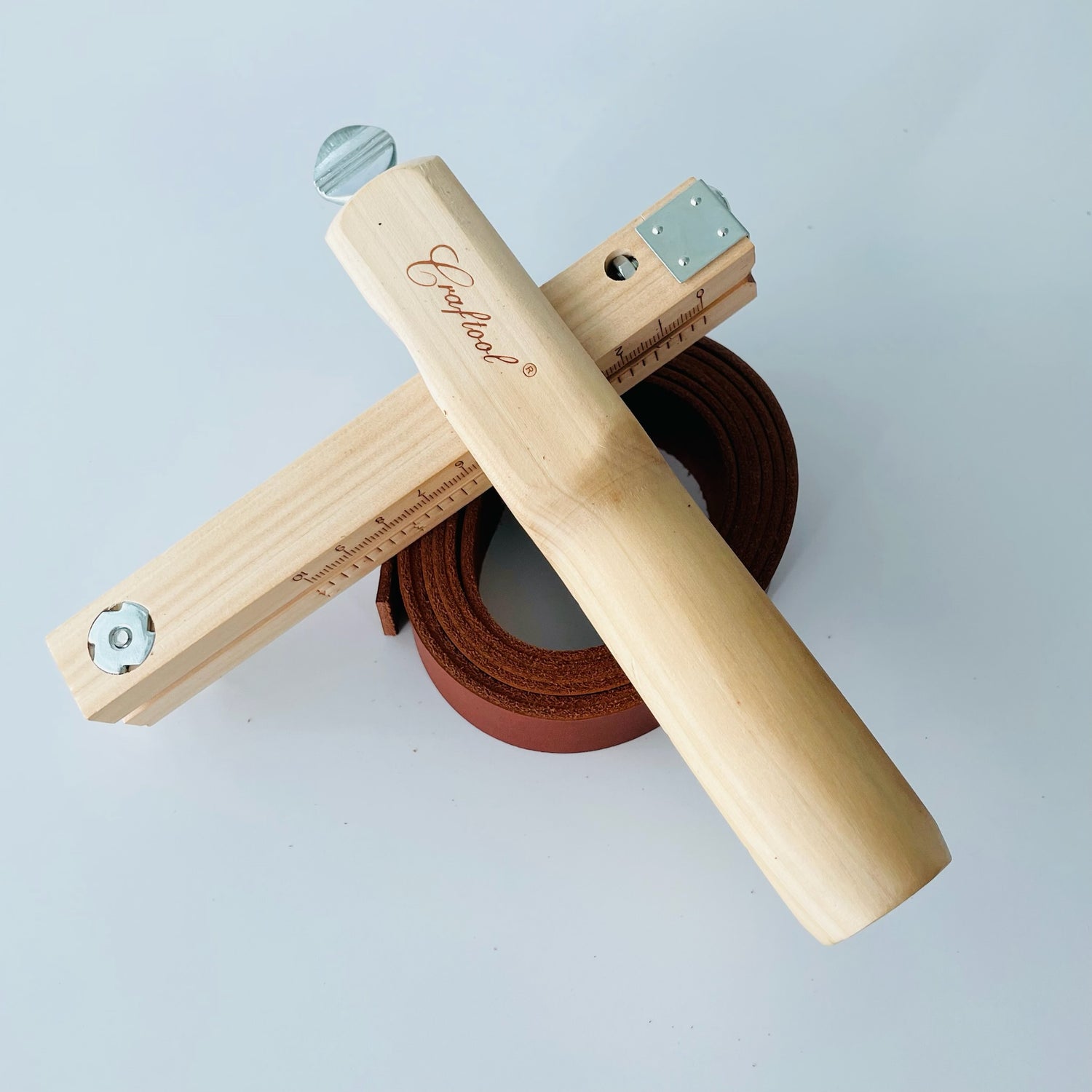
How do I cut my own straps?
Once you find a type of leather you like working with, the most economical way of making straps is to buy large cuts of leather. To get the length needed for a long crossbody strap you will need a side of leather, which is half a hide. I can usually get 30-40 strap pieces out of one side, and have lots left over for smaller accent pieces. A strap cutter is the best tool for cutting straps, and it’s fun to use!
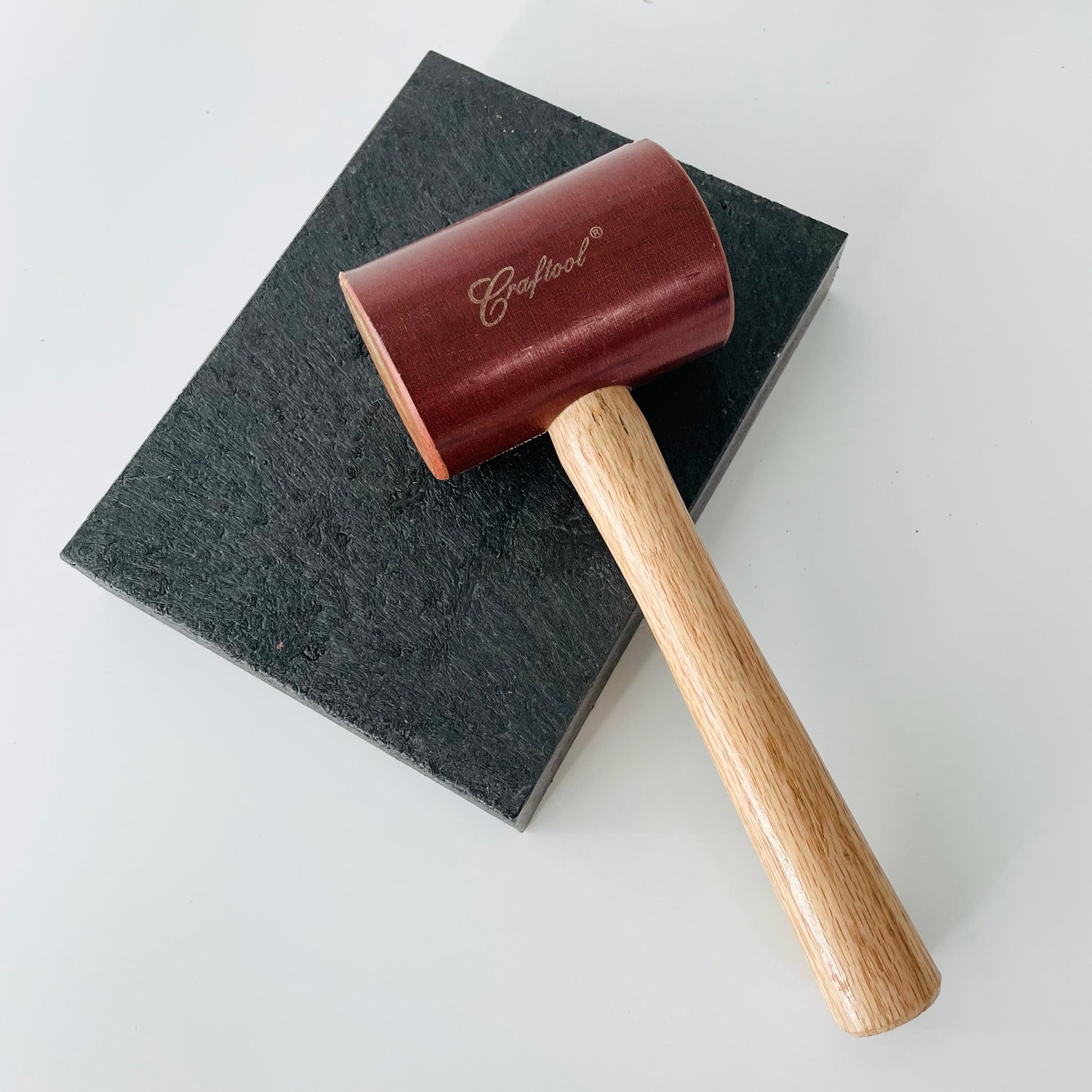
What tools do I need?
There are a lot of amazing tools for leather work, but you only need a few to get started.
A poly or rubber punching board to protect your work surface, and a bakelite mallet for punching leather and setting rivets. I prefer a mallet to a hammer because it absorbs the impact better and is easier on the hands.

I like using leather reinforcement washers for my handles and side-connectors. They are such a nice detail and make things really secure. I make them using 1/2" and 1/8” circle punches.
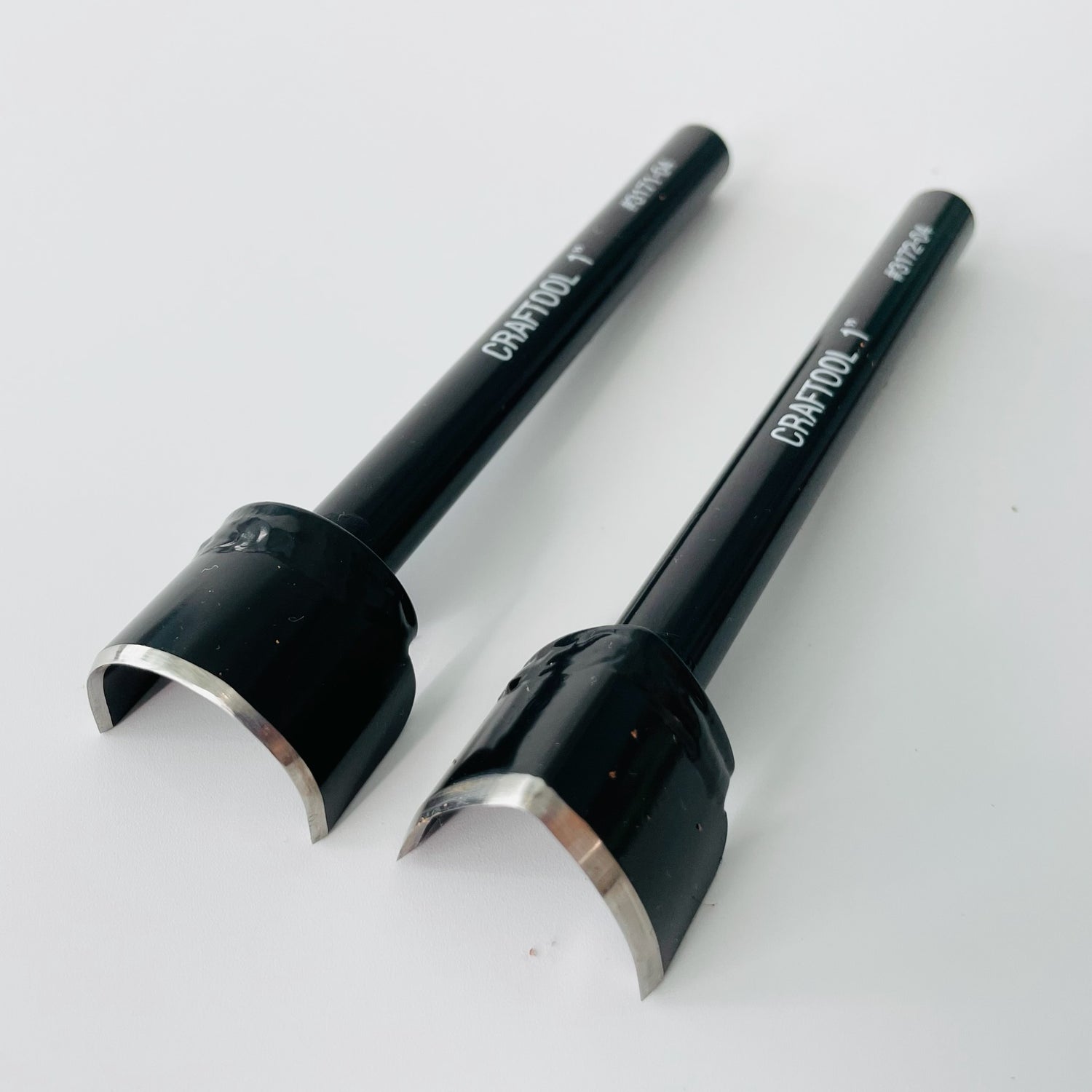
Use point or round end punches to shape the ends of your leather straps and handles.
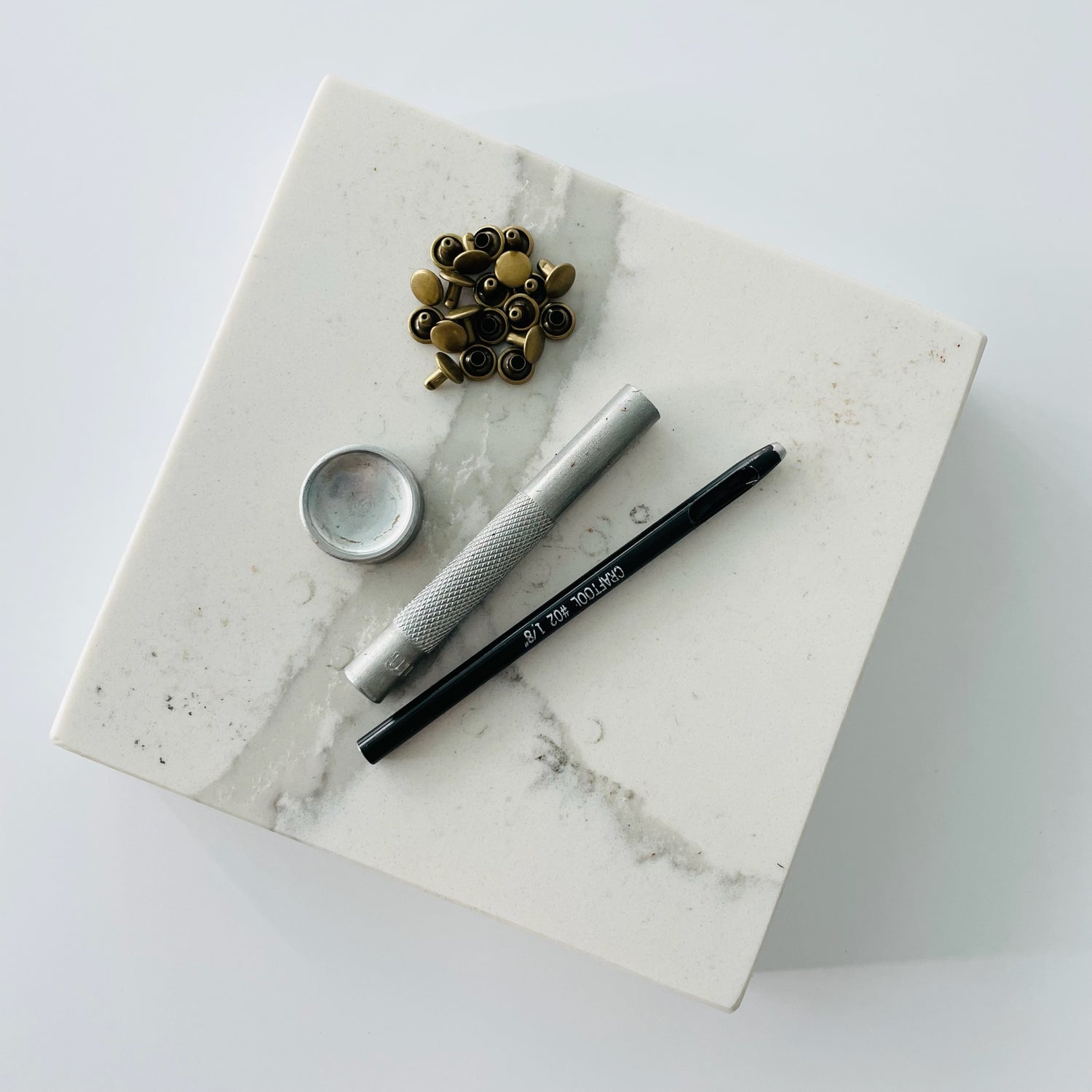
What tools do I need for setting double cap rivets?
To set double cap rivets you will need a 1/8" hole punch, and a rivet setter and anvil. These are sold as a set in most fabric and leather supply stores.
I recommend using a bakelite mallet, and I like putting a piece of granite beneath my anvil because it helps to absorb the impact.
The size of the rivet you need depends on the weight and thickness of the materials you are using. I recommend having multiple sizes on hand.
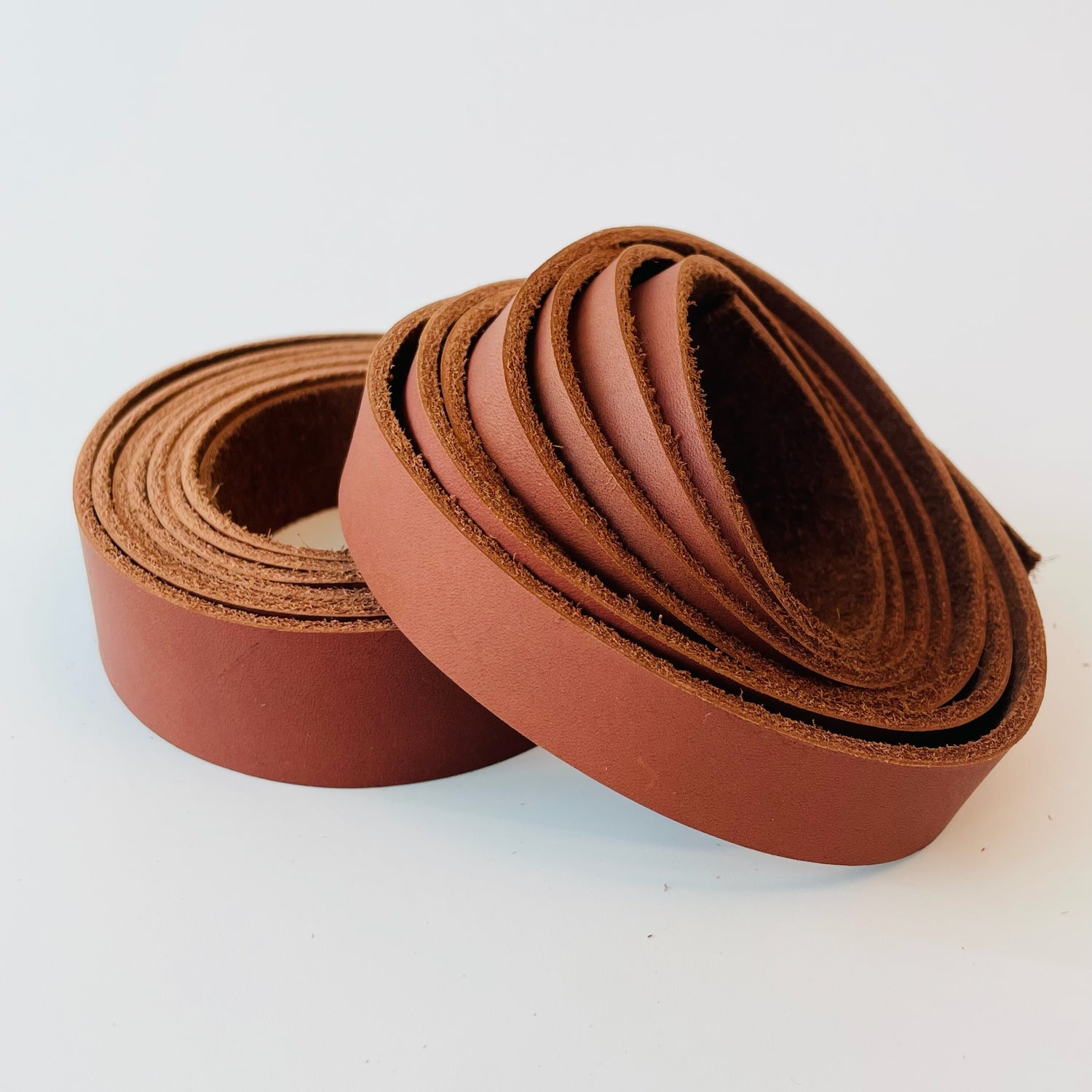
Where do I buy all this stuff?
I purchased a lot of my leather working tools from Tandy Leather, a large retailer with locations in Canada and the United States. I purchase sides of leather from OA Leather Supply, based in Saskatchewan.
If you are in the United States be sure to check out Springfield Leather Company, District Leather Supply, and the Buckle Guy.
Small retailers will have a lot of the supplies you need as well, such as Tundra Leather in Hamilton, Ontario.
